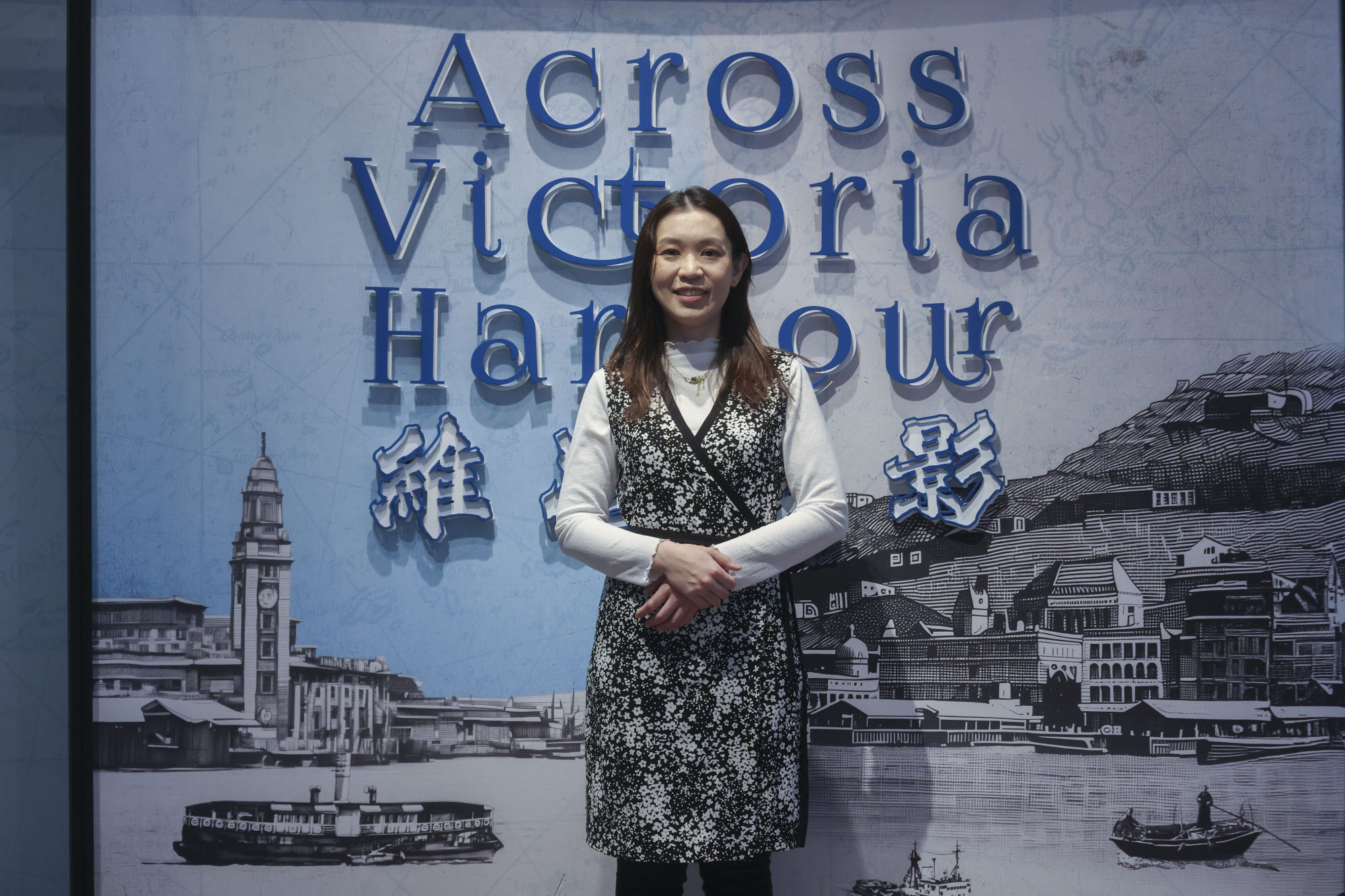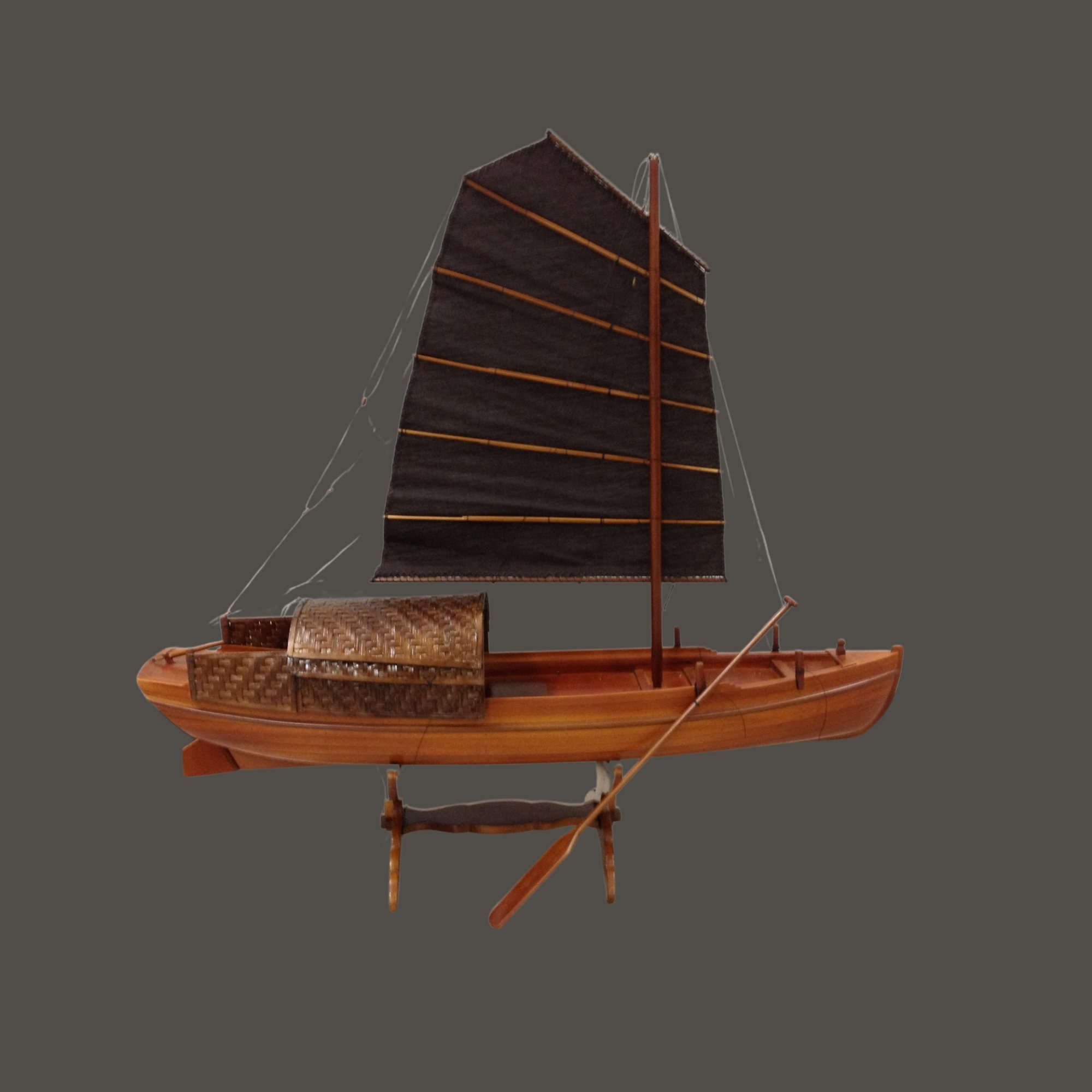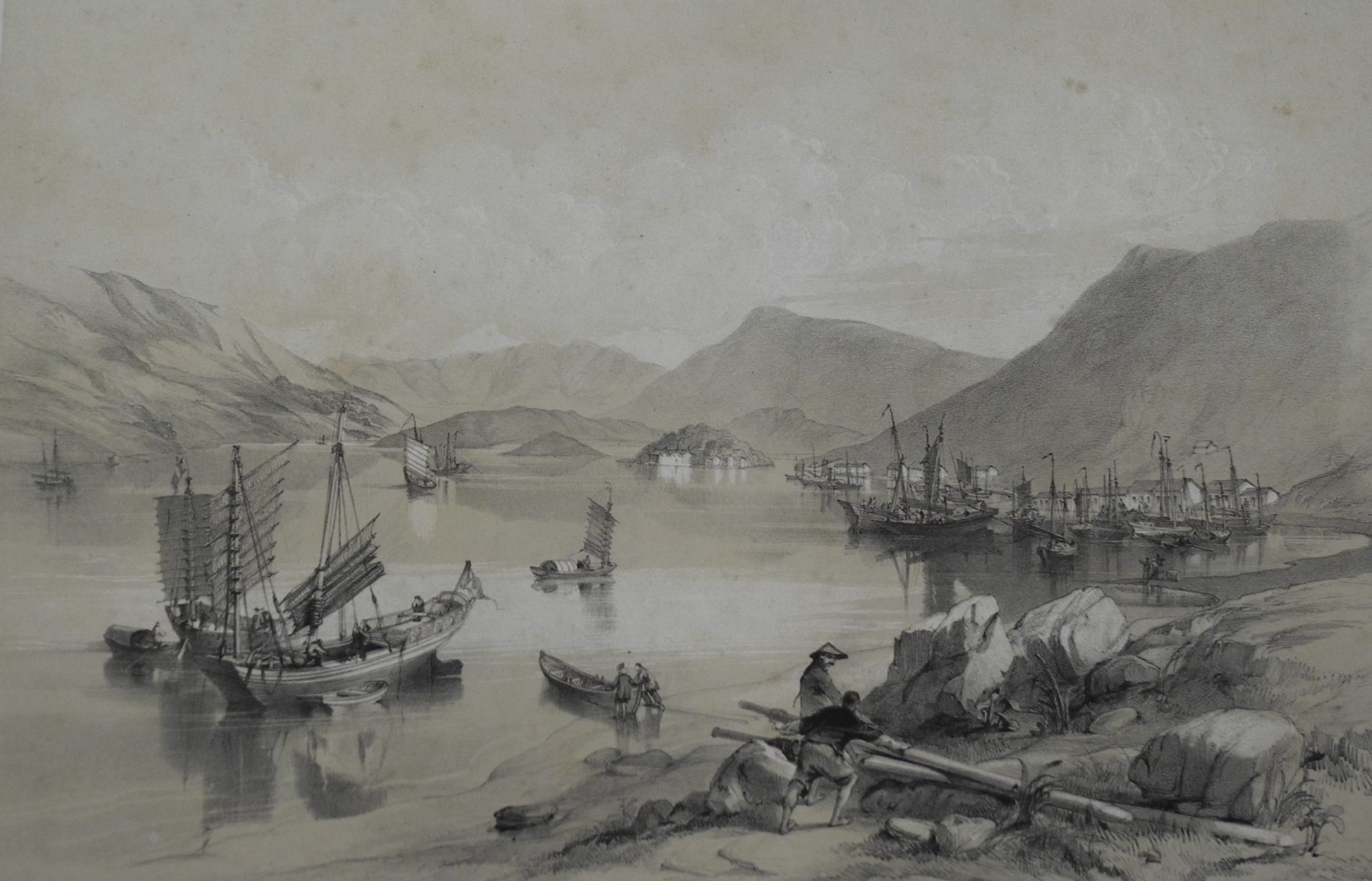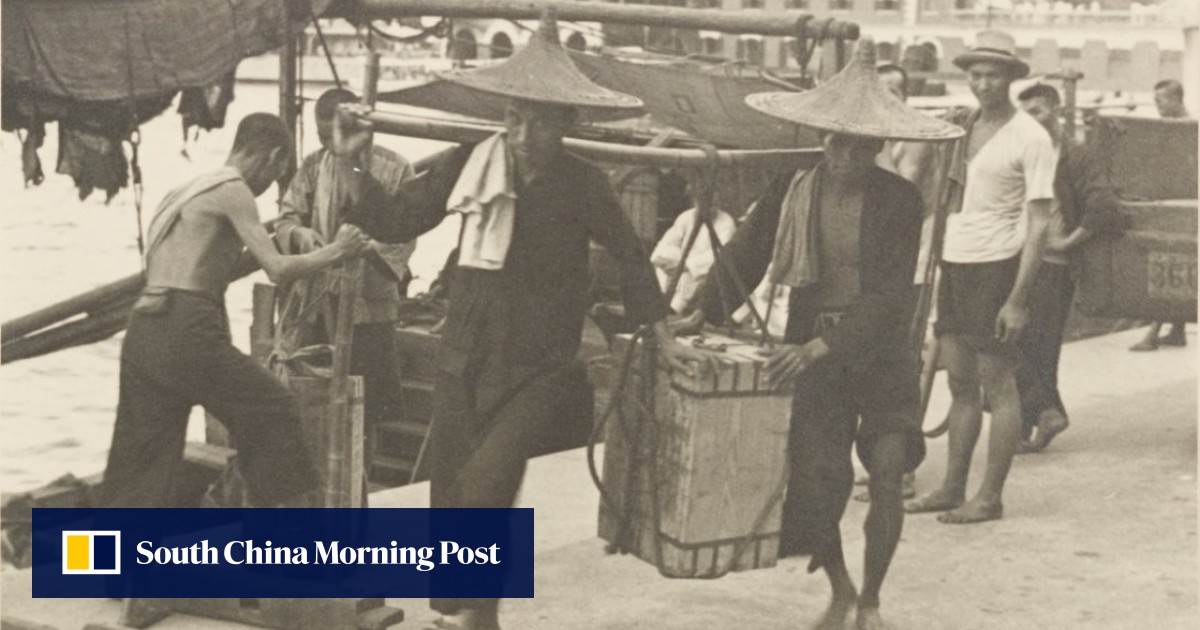Tracing Hong Kong’s development from 1842 until the present day, “Across Victoria Harbour” focuses on the rich history of cross-harbour vessels.
It sails through the role of passenger vessels (sampans, ferries, motorboats), tugboats and barges, their cultural significance told through historical photographs and documents as well as interactive displays.
“We see vessels in the harbour but why are they there? What’s their purpose?” asks the museum’s associate curator Millie Lai. “This is the main reason for the exhibition, so people can learn more about why these vessels are so important to our lives.”

On show are beautifully constructed model boats, including a walla-walla – a small, wooden motorboat named for the sound its engines make. Video interviews with people who worked on them provide insight into life on the harbour in years gone by.
The walla-wallas had an important role: vessels such as ocean liners, cargo ships and foreign warships that were too large to dock at a pier relied on them to take passengers and crew to shore.

The humble sampan – a small, flat-bottomed wooden boat that was also a popular mode of transport until the 1950s – shares the spotlight.
Meaning “three planks” in Cantonese because they were built with one plank as the base and two others forming the sides, sampans, says Lai, were vital to life on the harbour, with people relying on them to fish and transport goods and passengers.
Barges, used to move containers from ship to shore, are featured, too. With the development of container ports their roles shifted to moving sand, gravel and metals to construction sites. Sometimes they carry out more niche assignments.

On a grey March day, Lai points to a barge through one of the museum’s expansive windows. “It’s been shipping eggs to the Central waterfront,” she says, referring to a cluster of giant white oval structures that are part of an art installation for this month’s Art Central.
It’s a perfect example of how vessels have adapted and evolved along with Hong Kong: the city is not just a trade hub but a creative one.
Also celebrated in the exhibition are those who worked in the freight transport sector in the 20th century, in particular the hard-toiling stevedores who, even in harsh weather, carried goods between sampans, ocean liners and the docks.

“Life was difficult for the hard-working pier workers, who had to manually load and unload the cargo from the ships to the sampans,” says Lai.
History buffs will relish the six prints capturing scenes of Hong Kong in 1846, etched by British architect and artist Murdoch Bruce.

Adding to the exhibition experience are the sweeping harbour views. “Having the exhibition here so people can stand near the harbour and watch the vessels is very special,” says Lai.
Educational programmes, guided tours and talks will also be held.
“The exhibition will enhance visitors’ understanding of the role of cross-harbour vessels in the context of economic and other influences in Hong Kong’s development,” says Richard Kendall, chief executive of the Maritime Museum. “We invite audiences to come and be informed about Victoria Harbour, its vessels and our collective memories.”
“Across Victoria Harbour”, Hong Kong Maritime Museum, Central Pier No 8, 9.30am-5.30pm (Mon to Fri) and 10am-7pm (Sat, Sun and public holidays). Until May 15. Tel: 3713 2500. For more details, visit hkmaritimemuseum.org.

